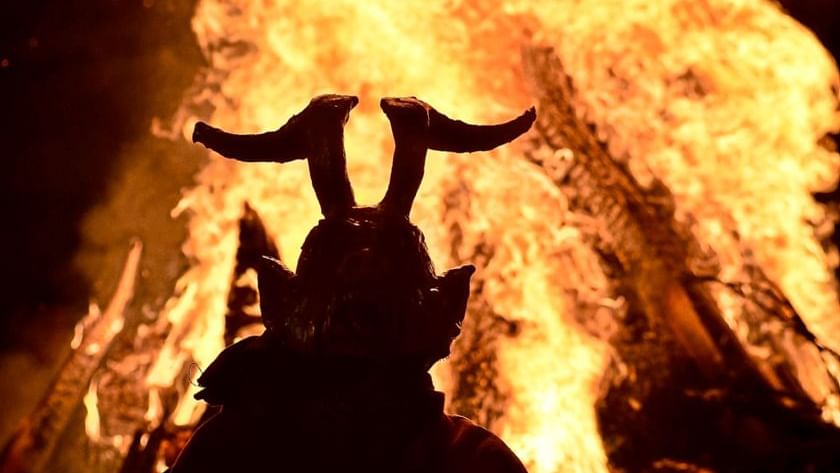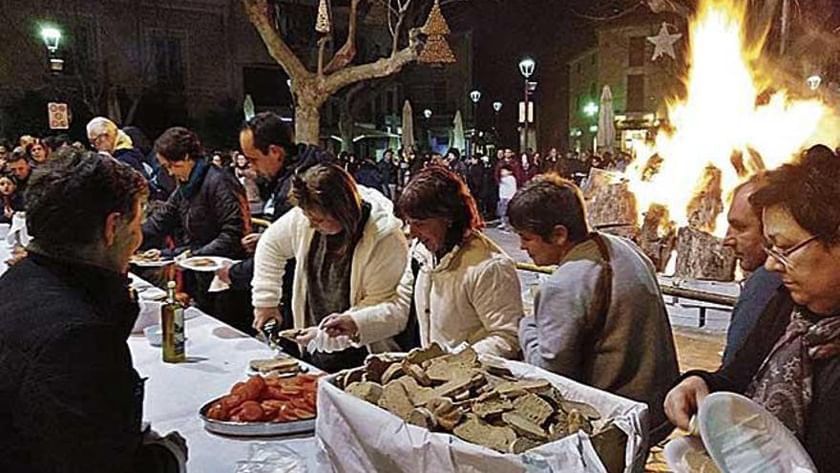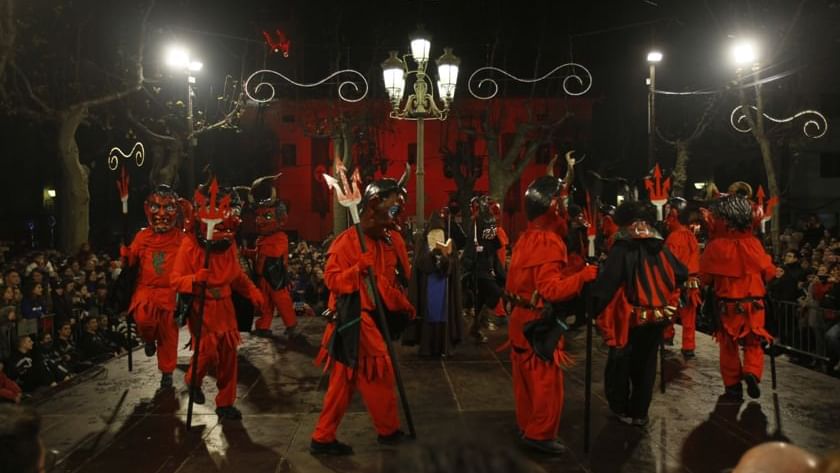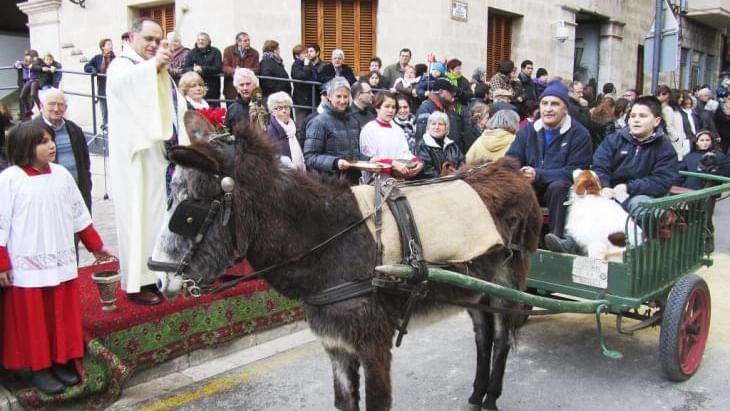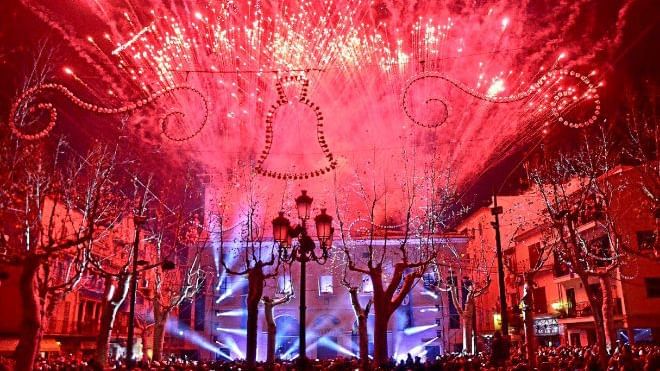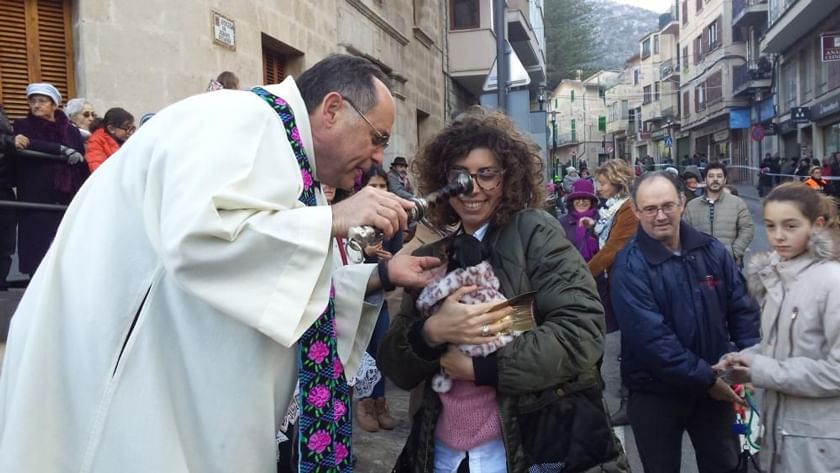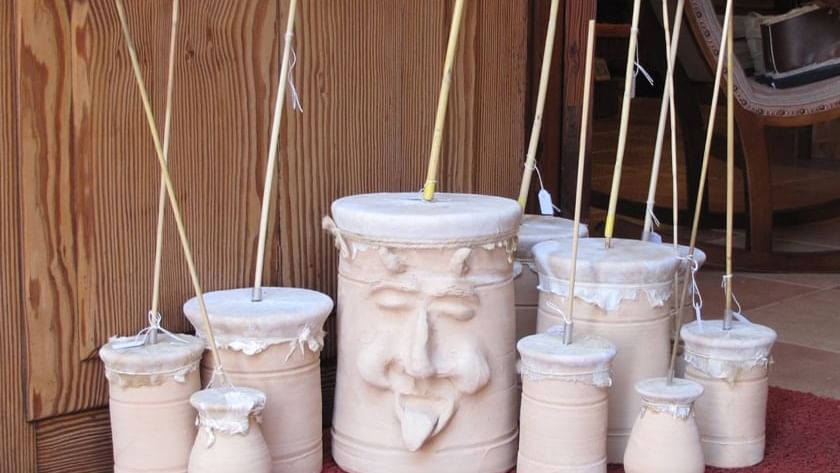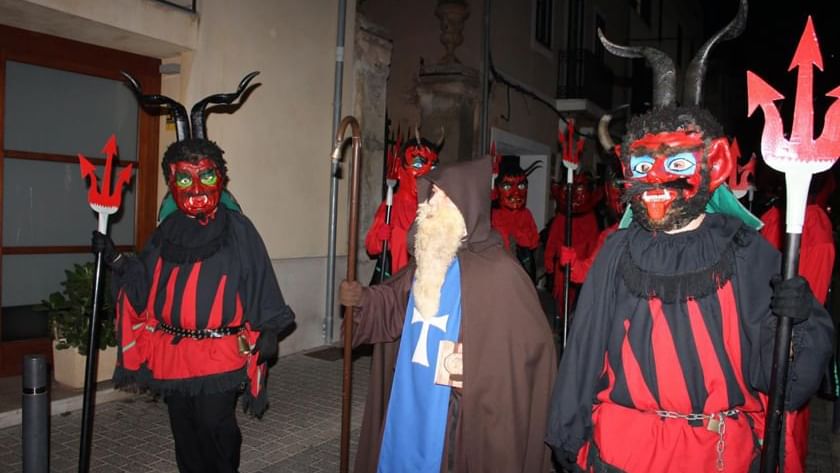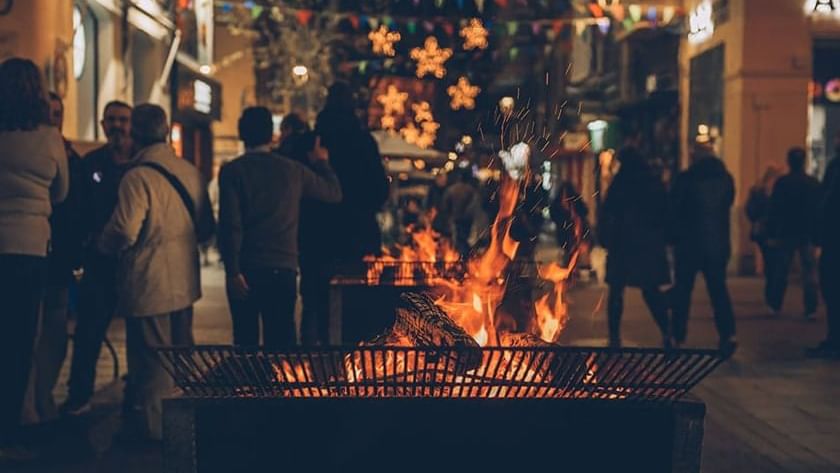SANT ANTONI. MALLORCAN TRADITION
The island of Mallorca is a magical place that encompasses everything one could wish for a perfect holiday: the Mediterranean Sea and its crystal clear waters, the Tramuntana mountain range and its hiking and cycling trails, the local craftsmanship and gastronomy or nature and its incredible landscapes among many other things. But in addition to all this, our island is a place full of history, festivities and millenary traditions full of meaning and that define the personality of the inhabitants of this wonderful island. And that is why today we are going to talk about one of these historical festivities originating in Mallorca: the festival of Sant Antoni Abad. Celebrated every year on the 16th of January, the eve of Sant Antoni and the 17th of January, it is one of the most deeply-rooted festivities in Mallorca.
THE ORIGIN OF SANT ANTONI
Sant Antoni was born in 251 and is the protector of the Mallorcan countryside and patron saint of animals. Its origin dates back to 1365 in the old agricultural society of Mallorca, which used to perform ceremonies asking this saint for help for their fields just before the winter solstice. These ceremonies were and still are closely linked to the figure of the "dimonis" (demons) and the "foguerons" (bonfires). Thus, since its origins, every 16th January, the eve of Sant Antoni, these large bonfires are lit in which a demon is burnt while people dance around the fire as a sign of Sant Antoni's triumph over evil and also as an act of thanksgiving to this saint. On the 17th of January, the "beneïdes" take place. A religious act in which the agricultural society brings its animals to be blessed and protected against diseases throughout the year with the holy water of Sant Antoni. Although it is true that in its origins only peasants with large herds or large animals used for work in the fields attended, nowadays part of the herds and the "bestià" have been replaced by pets and it is common to see many people bringing their pets to the "Beneïdes", regardless of the species they are. Sant Antoni is a unique manifestation of Mallorca's cultural tradition, and for this reason most of the municipalities of the northern part of the island celebrate these festivities with different events and "foguerons" (bonfires).
16TH JANUARY. EVE OF SANT ANTONI
If you are in the Sóller Valley on the eve of Sant Antoni, 16th January, we recommend a stroll through the centre of the municipality. As we have seen, this celebration has a long tradition on the island and it is easy to find a "fogueró" lit in some of the squares in the different neighbourhoods of the town, such as the foguerons de: Plaça Constitució, Plaça d'Antoni Maura, Plaça dels Estiradors or Plaça del Mercat among many others. In all these "foguerons" you will find another of the most important elements of this celebration: gastronomy. Each of the "foguerons" has several "torradores": iron barrels split in half filled with "caliu" (embers) in which people cook all kinds of Mallorcan meat and sausages "al caliu" such as: sobrasada, botifarró, Xulla, Camaiot, lomo, etc. and accompany them with country bread and a glass of wine while they dine by the fire. Although it is true that these fires are public and anyone can attend them, not all of them offer food, and for this reason we recommend that on the morning of the 16th you go to one of the local butchers to buy your own sausages so that you can have them for the night and enjoy this Mallorcan tradition first hand. It is also traditional to play the Ximbomba, a typical instrument of Sant Antoni, sing songs of this festivity by the fire and also enjoy a small show performed by the Esclatabutzes (demons of Sóller) in the "fogueró" of the Plaça Constitució. Finally, if you want to visit other places, in Fornalutx and Puerto de Sóller you can also find "foguerons" like those in the centre of Sóller, and although in the area of Valle de Sóller these events are celebrated as described above, the municipalities that experience this festivity most intensely are Sa Pobla, Muro, Sant Llorenç, Artà, Capdepera, Pollença, Santanyí, Llucmajor, Son Servera, Sant Joan and Manacor, with Sa Pobla being the most popular.

SANT ANTONI IN SA POBLA
The municipality that celebrates Sant Antoni the most is Sa Pobla. There, bonfires are also held on the eve of this festivity, but unlike other municipalities, Sant Antoni appears surrounded by demons, who go from "fogueró" to "fogueró" representing the temptations that the saint suffered at the hands of evil during his life and to which he did not succumb. Likewise, in this municipality we can see floats representing scenes of the Mallorcan countryside and the triumph of good over evil. In Sa Pobla they also say that Sant Antoni is the festival of fire, of the victory of light over darkness, a fire that symbolises the recovery of daylight hours thanks to the winter solstice and which is very positive for the countryside and agriculture. Furthermore, in Sa Pobla there are also competitions of "glosadors", artists who improvise poems and create stanzas related to this festivity while competing against each other. Without a doubt, this is a unique opportunity to get to know Mallorcan culture from the inside. On the day of Sant Antoni, the "beneïdes" of the animals are performed and snacks are served with espinagada: a typical Mallorcan vegetable cake with a spicy touch, and sausages. It is important to point out that during the day of the "Beneïdes" it is frowned upon to "matances" (kill pigs) and it is customary to give the animals that work in the fields a day of rest and to let them loose all day long in honour of their own festivity. Afterwards they are given an extraordinary meal and adorned with their best implements to go and be blessed.
17TH JANUARY. DAY OF SANT ANTONI AND THE "BENEÏDES"
In the Sóller Valley, on Saint Anthony's Day it is customary to eat roast meat and go to the centre of the municipality to celebrate the "Beneïdes". Thus, the residents of the municipality go to the Avenida des Born, located just to the right of the Parròquia de Sant Bartomeu and, in the form of a procession, take their animals to be blessed. A curious fact about the procession of the "beneïdes" of Sóller is that the procession is led by the Xeremiers de Sóller (bagpipes), accompanied by two big-headed figures representing Sant Antoni and the devil. Another peculiarity of our municipality is that it is customary for the grown-ups to give "confits" (sweets) to the children. A traditional sweet.
Sant Antoni, known as the saint of animals, Sant Antoni Abad, the protector of the Mallorcan countryside or the saint of donkeys, among many other names, and represented in different ways and forms, is undoubtedly a fundamental element of Mallorcan historical tradition. A celebration that reflects the essence of our traditional culture through gastronomy, music, handicrafts and, in short, the way of living and understanding life for the majority of the society of the part forana of the island of Mallorca. If you are staying at our hotel and would like more information about the fiestas of Sant Antoni, do not hesitate to ask our reception team, who will be delighted to help you!
